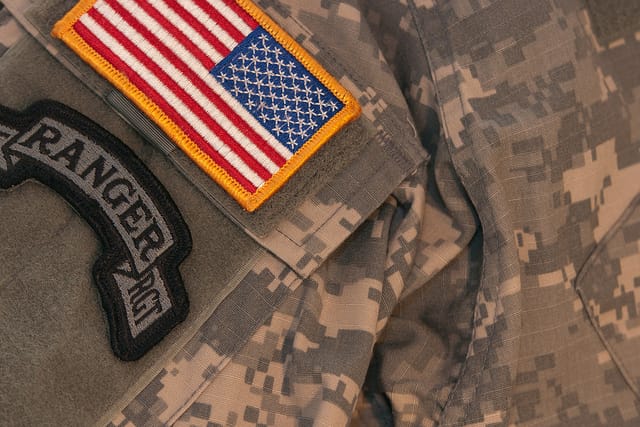Why the US army’s camo is covered in pixels.

The iconic pixel camo—or the Universal Camouflage Pattern—of our war-torn 2000s is on its way out. As told by Daniel Engber at Slate, the great digital experiment by the U.S. Army is a long story of high-fashion and high-hypothesis. If it never made sense to you either, don’t worry—the theory behind the pixelated camouflage never hatched a chameleon.
Even before the UCP was issued to soldiers, lab tests showed that it didn’t perform as well as other designs…It didn’t take long for sergeants to begin complaining from the field, and by the summer of 2009, the $5 billion boondoggle had made its way to the floor of the House of Representatives. Soldiers in Afghanistan were issued replacement uniforms with a more traditional, splotchy camouflage known as MultiCam, and the Army embarked on a three-year study to choose a permanent replacement. That period is almost over,… and it’s starting to look as if the military’s long-running experiment with “digital camouflage” is about to end, once and for all.
The pixel print started (like its analogues in high fashion) as a look-book style for the warrior set…In the early 2000s, the Marine Corps pushed into the avant-garde by donning a digital print borrowed from the Canadians…When it came time for the Army to update its own uniforms a few years later, the Marines’ pixelated “MARPAT” scheme served as the model. “It was trendy,” one military textile engineer told the Daily. “If it’s good enough for the Marines, why shouldn’t the Army have that same cool, new look?”
That’s jumping ahead, though. Pixelated camo prints, or at least the theorybehind them, arrived long before the fashion craze. Their history begins with an experimental psychologist (and Jungian analyst) named Lt. Col. Timothy O’Neill. While teaching at West Point, O’Neill thought to apply new ideas about human perception to the art of the concealment.
The theory is contested, but O’Neill insists the hard edges of pixels made enemies’ eyes process the enviroment around the target instead of the target itself, based on what the Engber says is his misinterpretation of “lateral inhibition.” Despite the theory, in the end the pattern just failed test after test. And it looks like the military was reluctant to admit it:
According to the U.S.patent issued for the Marines’ MARPAT camouflage, the selection of four-sided pixels had nothing to do with concealment. Rather, the tiny squares were easier to print on fabric.



